Cotton Processing: An Overview
Cotton processing is a pivotal stage in the transformation of raw cotton into a versatile material used across various industries. This comprehensive process includes several steps, from the initial ginning process to the final stages of spinning cotton process, each critical in shaping cotton's characteristics and suitability for different applications.
The Ginning Cotton Process
The journey of cotton processing begins with ginning, a method where raw cotton is separated from seeds and impurities. This step is crucial for maintaining the integrity of the cotton fiber processing, ensuring that the fibers are clean and ready for the subsequent stages. Ginning lays the groundwork for the quality of the cotton, which will later be spun into yarn.
Carding and Spinning: Preparing for Perfection
Following ginning, carding of cotton is the next significant step. Carding machines meticulously comb the fibers, preparing them to be spun. The cotton spinning process then takes these aligned fibers and twists them into yarn. This stage is vital as it determines the strength, texture, and quality of the yarn that will be woven into fabric.
Mercerization: Enhancing Fabric Quality
Mercerization, also known as mercerisation, is a treatment applied to cotton yarns and fabrics to increase luster, strength, and affinity for dye. Mercerising cotton involves treating the material with sodium hydroxide, resulting in a smoother, shinier, and more robust end product, ideal for cotton fabric printing and other finishing processes.
Cotton Fabric Printing: The Final Touch
The processed cotton is now ready for cotton fabric printing, where designs and patterns are applied to the fabric. This stage allows for creativity and market differentiation, as various prints can cater to the diverse needs of the textile industry, from fashion to home furnishings.
Conclusion: The Significance of Cotton Processing
The cotton manufacturing process is a testament to the complexity and precision required to transform a natural fiber into a high-demand commodity. Each step, from the ginning process in cotton to the final printing, contributes to the fabric's performance and aesthetics. The meticulous manufacturing process of cotton fiber ensures that the end products meet the versatile needs of consumers and industries alike.







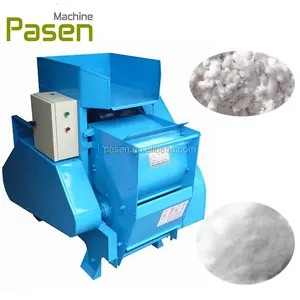


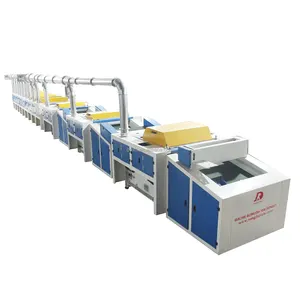


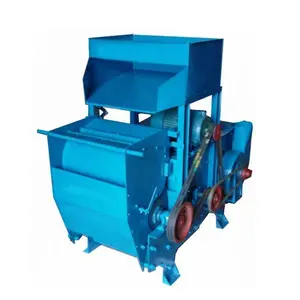



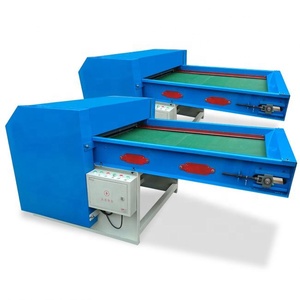










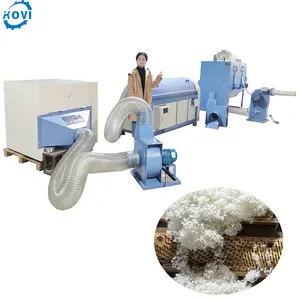






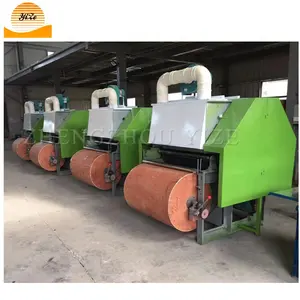
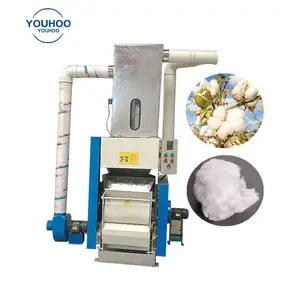












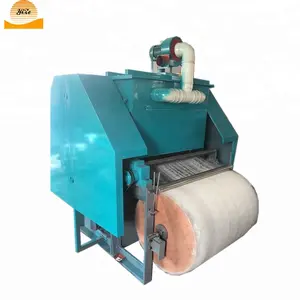
























 浙公网安备 33010002000092号
浙公网安备 33010002000092号 浙B2-20120091-4
浙B2-20120091-4